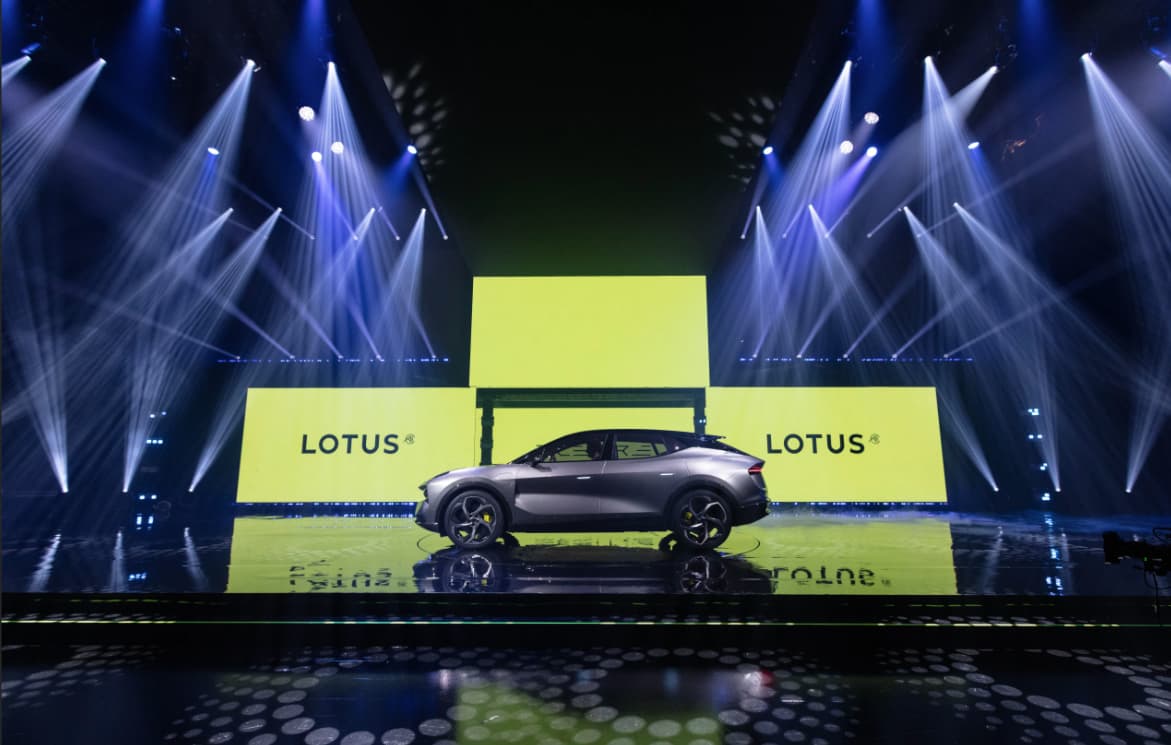
Today, there are more than 100 automotive brands operating globally, from traditional manufacturers to emerging players, especially those in the EV market. In an increasingly competitive market, and one where the purse strings are getting ever tighter, automotive brands need to stay on the pulse of the latest marketing trends in the automotive industry, and stand out far beyond the competition.
Automotive marketing: the customer journey
Automotive marketing can include marketing at any stage of the customer journey, from prospect all the way to loyal customer, and everything in between. It includes:
- Launch marketing – promoting a new vehicle, model, technology or feature
- Brand marketing – building long-term perception, reputation and emotional connection
- Performance marketing – data-driven marketing focused on measurable outcomes
- Experiential marketing – live events or interactive experiences
- Aftersales marketing – post-purchase experience, focusing on customer care
- Fleet marketing – a B2B approach, targeting those who buy in volume
- Loyalty marketing – the retention of existing customers
These categories of automotive marketing tend to remain largely unchanged, in spite of market conditions. What does change, and rapidly, is the way automotive brands market themselves, their vehicles and productions and their solutions.
What automotive digital marketing trends are we seeing in 2025?
AI tools
Artificial intelligence is being used pretty much everywhere, and in automotive marketing, that’s no different. In the background, it’s being used to personalise digital customer experience and even book test drives. But it’s not all about replacing humans. AI has a huge role in dealer marketing, and channel marketing more widely – in training floor sales teams in customer experience and brand standards, which is exactly what Blueprint Partners is doing with its Knowledge App. A closed-AI solution enables an automotive business to feed the model its own brand standards and customer service and experience expectations, and can be used to train those on the sales floor on, for example, their interactions with someone coming to collect their new car.
AR and VR
Augmented and virtual reality technology started making inroads into automotive marketing in the past 10–15 years (think of 3D configurators to customise your vehicle), but for a time, the technology was almost too advanced for the market. Today, however, AR and VR are increasingly being used to create interactive, digital-first experiences that let potential customers explore vehicles remotely. Now, you can walk through interiors (and get a highly realistic view of how the vehicle will look) and even project a car onto your driveway.
AR and VR technology are also increasingly being used to train internal sales teams, putting them in a customer-centric environment.
Use of automotive influencers
Influencer marketing is changing. It’s no longer about getting the latest reality TV star with the biggest following to endorse your brand. Instead, customers are responding far more positively to content creators who might have a smaller following, but for whom the content is wholly relevant and genuine. The authenticity of the influencer permeates into the brands with whom they collaborate, and the results tend to be far better. Our engagement with influencers and the resulting social and press coverage for the Lotus Emeya press drive is just one example.
Short-form video content
A decade ago, everyone would be talking about that automotive TV ad. These days, it’s short-form video content utilised for social media that gets people talking. Whether it’s a day in the life of an engineer at the plant and meeting the team content or a series of video interviews, or even a podcast, showing the people behind your automotive businesses is increasingly important.
Experiential marketing and activations
Nothing generates a buzz in this increasingly digital world like a physical, in-person, memorable brand engagement. A successful activation will itself become a digital sensation through the power of social media, but nothing comes close to a tangible experience. A great marketing team or agency will ensure your activations target the right people in the right places, and that those people leave with a lasting, positive experience of your brand.
The power of brand
Something that shouldn’t flex, however, is brand consistency. Not all the trends listed above will necessarily be right for every automotive business. Some will naturally target one audience type over another, and it’s important that brands remain true to not only who they are, but who their audience is. Marketing must be relevant, if nothing else.
Reach the right automotive audiences with Blueprint Partners
At Blueprint Partners, we’ve worked with automotive brands for almost 30 years. Our team are automotive experts, and we’ve been recognised with awards including PR Event of the Year, Automotive Campaign of the Year and Best Activation of Media Coverage for our work in the automotive sector.
Contact us today to find out how we can support your business.
More posts like this
AI in the automotive industry: how it’s transforming manufacturing
October 13, 2025
Direct vs indirect marketing channels: what’s best for you?
September 26, 2025
Blueprint wins Best Agency Award for Samsung Summit Program
February 14, 2024
Creating memorable brand experiences: what works in 2025
September 12, 2025











